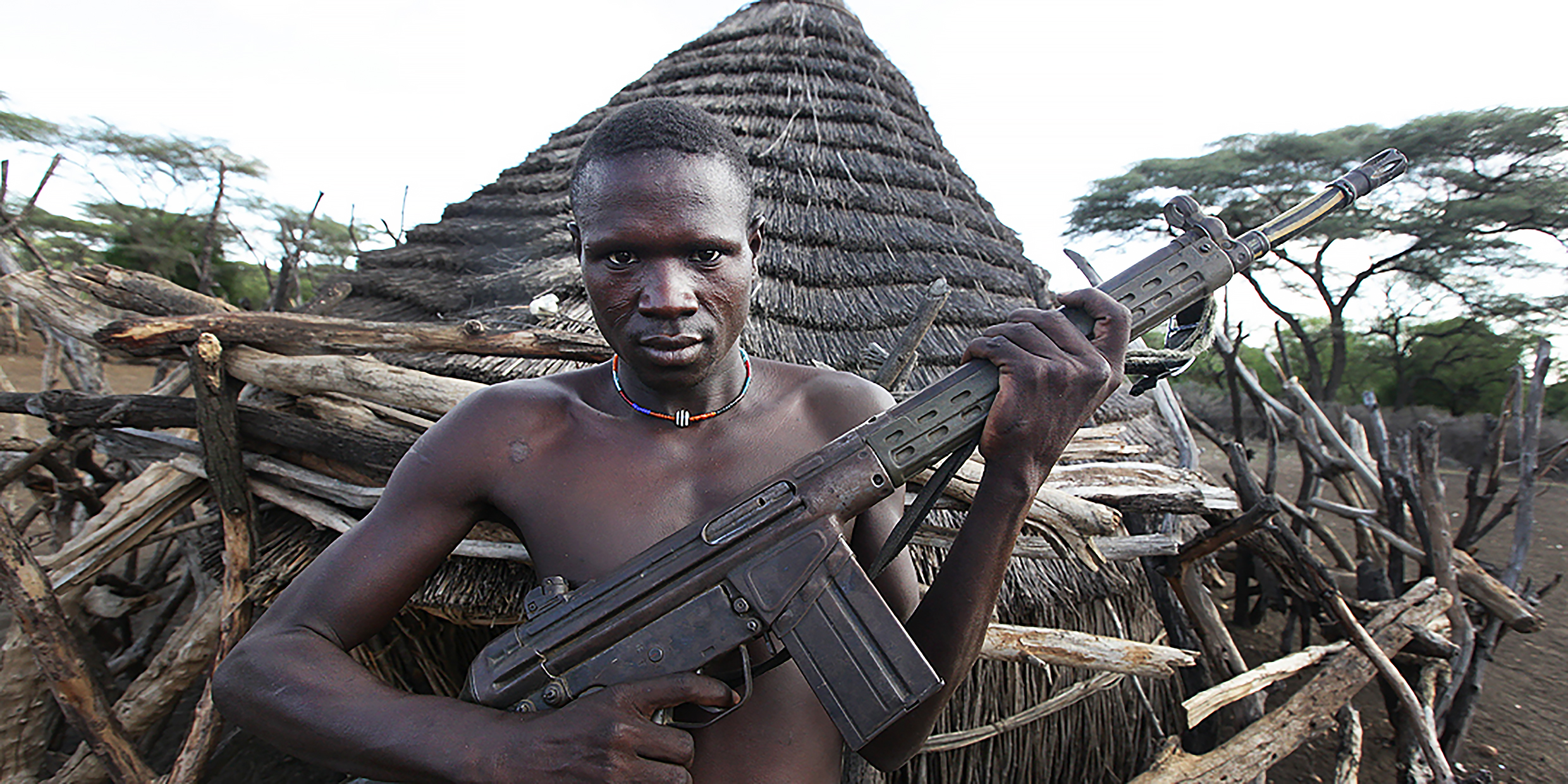Originally published 13 May 1996
An unforgettable story in the newspaper:
Nine years ago, to escape the terror and unrest of their war-torn homeland, 10,000 boys of the Dinka tribe of southern Sudan began an unaccompanied trek that would take them hundreds of miles into Ethiopia, back to Sudan, and finally to a refugee camp in Kenya.
The boys are still in the camp. They have received a primary education. A few of have gone on to Kenyan high schools and universities. Mostly, the boys spend their time playing dominos and volleyball and watching videos. They are prohibited by law from seeking work in Kenya. If they go home, they risk being conscripted into the army.
And — here’s the kicker — they refuse to grow up.
Although most of the boys are now young adults, they resist the traditional Dinka rites of initiation into manhood, involving the removal of teeth and scarification of the forehead, even at the urging or their tribal elders. Seventeen-year-old Elija Thongbor Abraham is quoted as saying: “With the will of God, we’ll have our own country someday. Then I’ll finish my education and go back and lead my people. Then I will be an adult.”
A dusty Never Never Land in Kenya where 10,000 self-exiled boys resist manhood.
What’s going on? Is it an abdication of responsibility by the boys in favor of free handouts? Or do the boys resist what manhood has come to represent in their homeland — guns, killing, incessant warfare? Perhaps their act of defiance is a higher kind of growing up, a choice of mind over machismo.
From Bosnia to the Michigan militias, from Northern Ireland to Liberia, we are saturated with images of males with guns, sometimes boys as young as eight with automatic weapons slung over their shoulders. We seldom see a news photograph of an armed female. Aggression is a boy’s game. Guns are a boy’s toys.
Is it genes or culture? Are human males violent for the same reason birds migrate and crickets sing, or is it something we learn from our fathers and peers? The question has been debated for more than a century by anthropologists, ethologists, biologists, and social psychologists without resolution. The debate has been loaded with personal prejudices, social agendas, intellectual fads, and fashions. Few scientific controversies have evoked such passions.
The debate has gone through several rounds since 1963, when Konrad Lorenz published On Aggression. Lorenz, sometimes called the father of ethology, the study of animal behavior, proposed that humans share with other animal species an inborn killer instinct, which we lack the capacity to control.
Other scientists vehemently disagreed. They drew attention to a few apparently non-aggressive human societies that have survived in remote corners of the globe, and to our primate cousins, the great apes in particular, which seemed at that time to live without aggression toward their own kind.
Subsequent field studies by Jane Goodall, Dian Fossey, and others showed that apes are not as peaceable as they once seemed. And one need only turn on the television anywhere in the world to be convinced that humans have a remarkably universal propensity for violence.
The gene-nurture controversy was re-energized in 1975 with the publication of Harvard biologist E. O. Wilson’s Sociobiology: The New Synthesis. Yes, we are innately aggressive, insisted Wilson, and a wail of protest went up from critics. Some critics questioned the scientific legitimacy of Wilson’s deductions. Others worried that even the supposition of an “aggression gene” might dangerously lessen our sense of personal moral responsibility.
Now, within the past year or two, research with male mice and male humans has again stirred up debate with evidence that chemicals coded by the genes may control aggression centers in the brain.
Genes or culture? A non-specialist enters this maelstrom of contention at his peril. However, having read my way through 33 years of debate, I would guess that both contending positions possess an element of truth.
Yes, a tendency towards aggression is probably part of our genetic makeup, but so too might be strategies of reconciliation. Yes, machismo culture almost certainly reinforces the violent instinct in boys and men. And, most importantly, whatever our genetic legacy or cultural experiences, most of us are fully capable of taking responsibility for our own behaviors.
Understanding the biological roots of aggression, if in fact they exist, will not change our social obligation to live in harmony with our burgeoning species on a small planet. Nor does it mean that society does not have the right to insist upon standards of non-aggressive behavior.
It’s tempting to believe that some of the Dinka boys in Kenya have decided not to follow whatever influences nudge them towards violence, and to wait instead to enter as thoughtful adults into a peaceable kingdom. In turning their backs upon traditional rites of manhood, they may set an example of a higher and uniquely human kind of growing up.
Many of the so-called “Lost Boys of Sudan” were subsequently offered resettlement in the United States and Europe. Others were able to return to their homeland when South Sudan gained their independence in 2011. ‑Ed.



